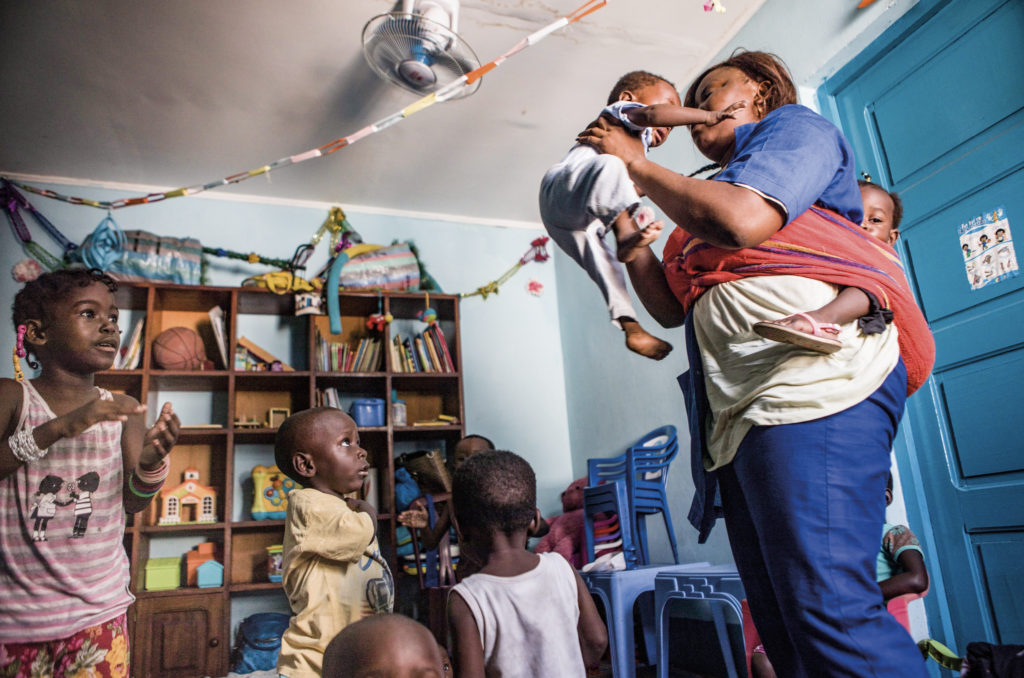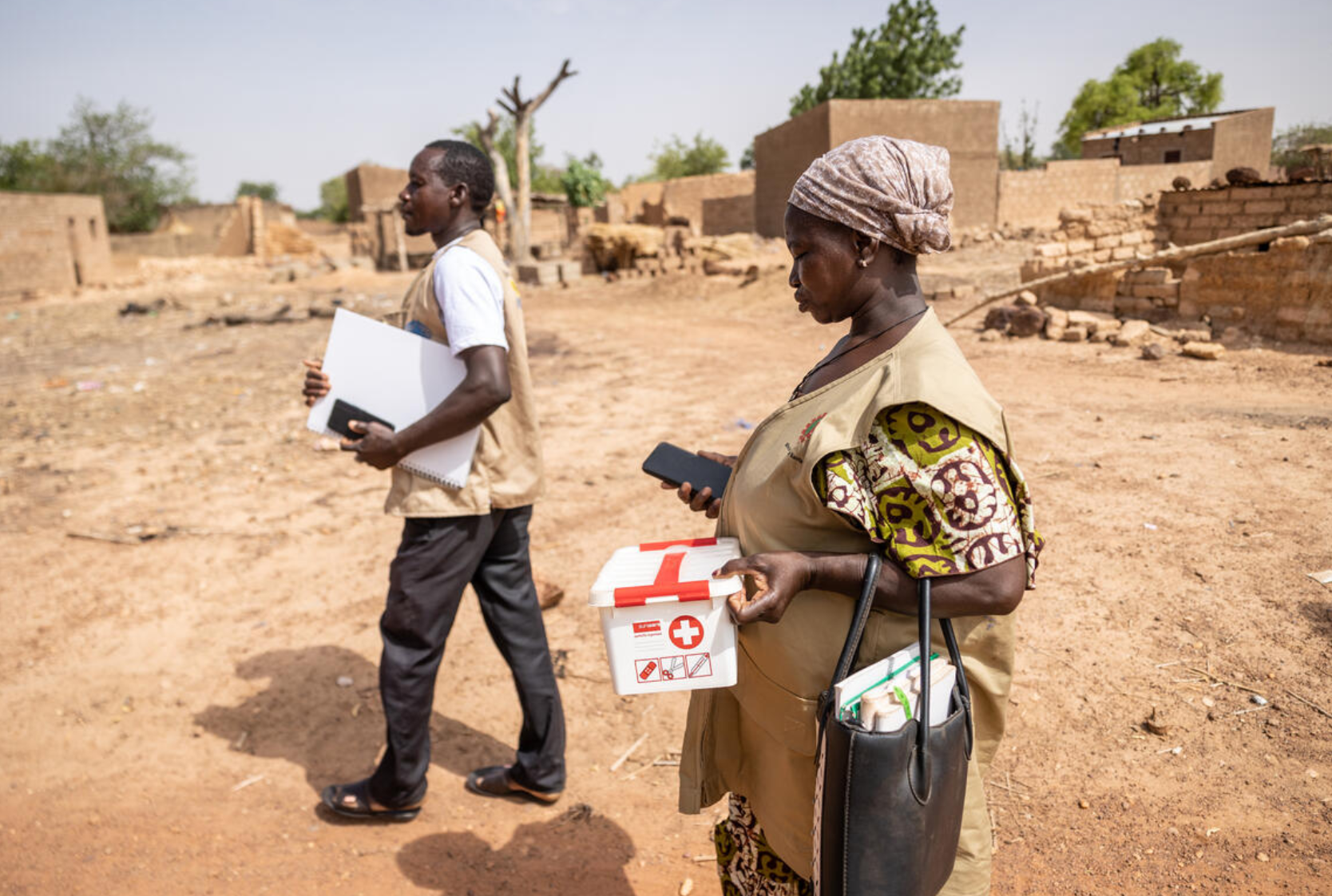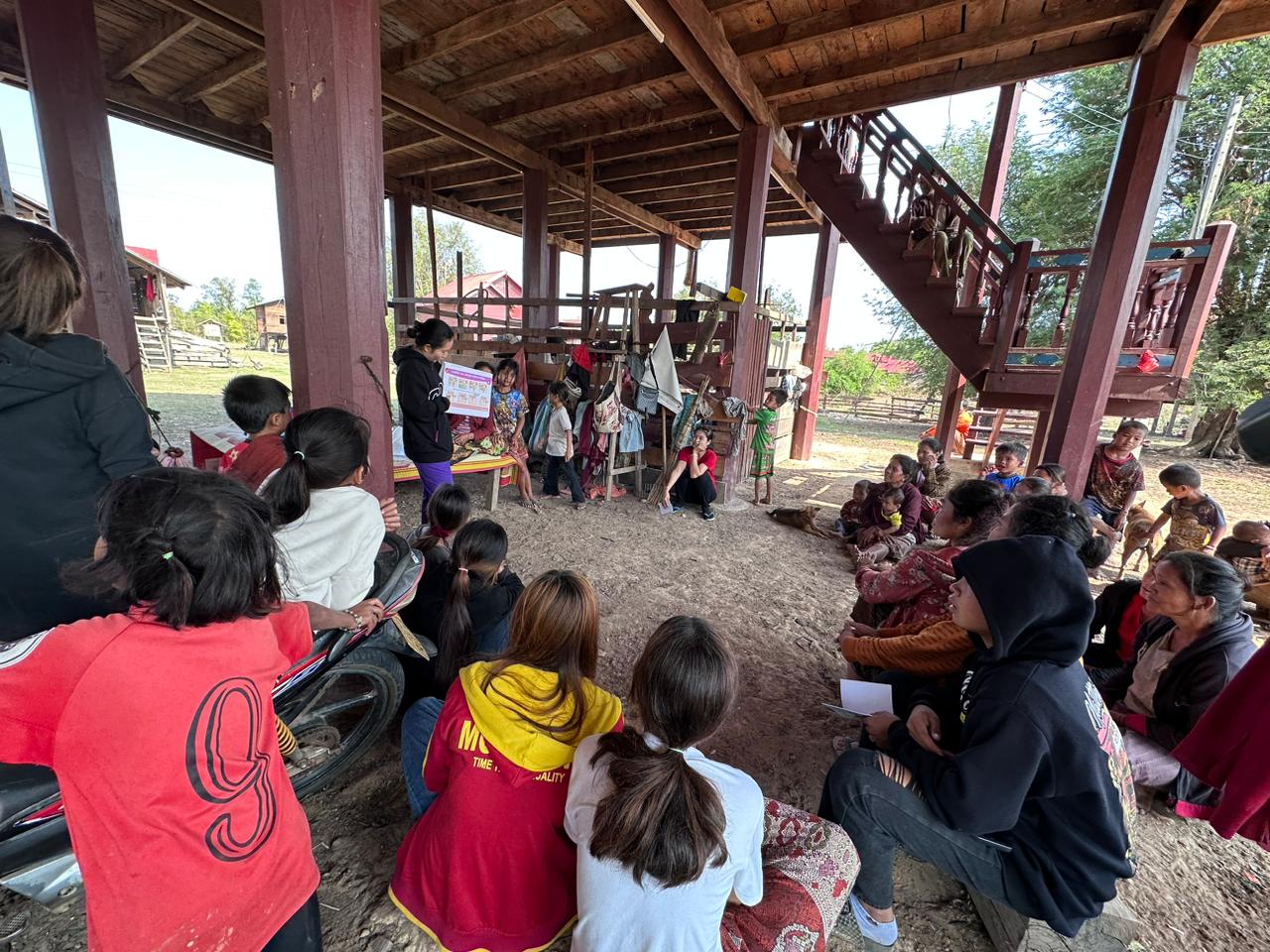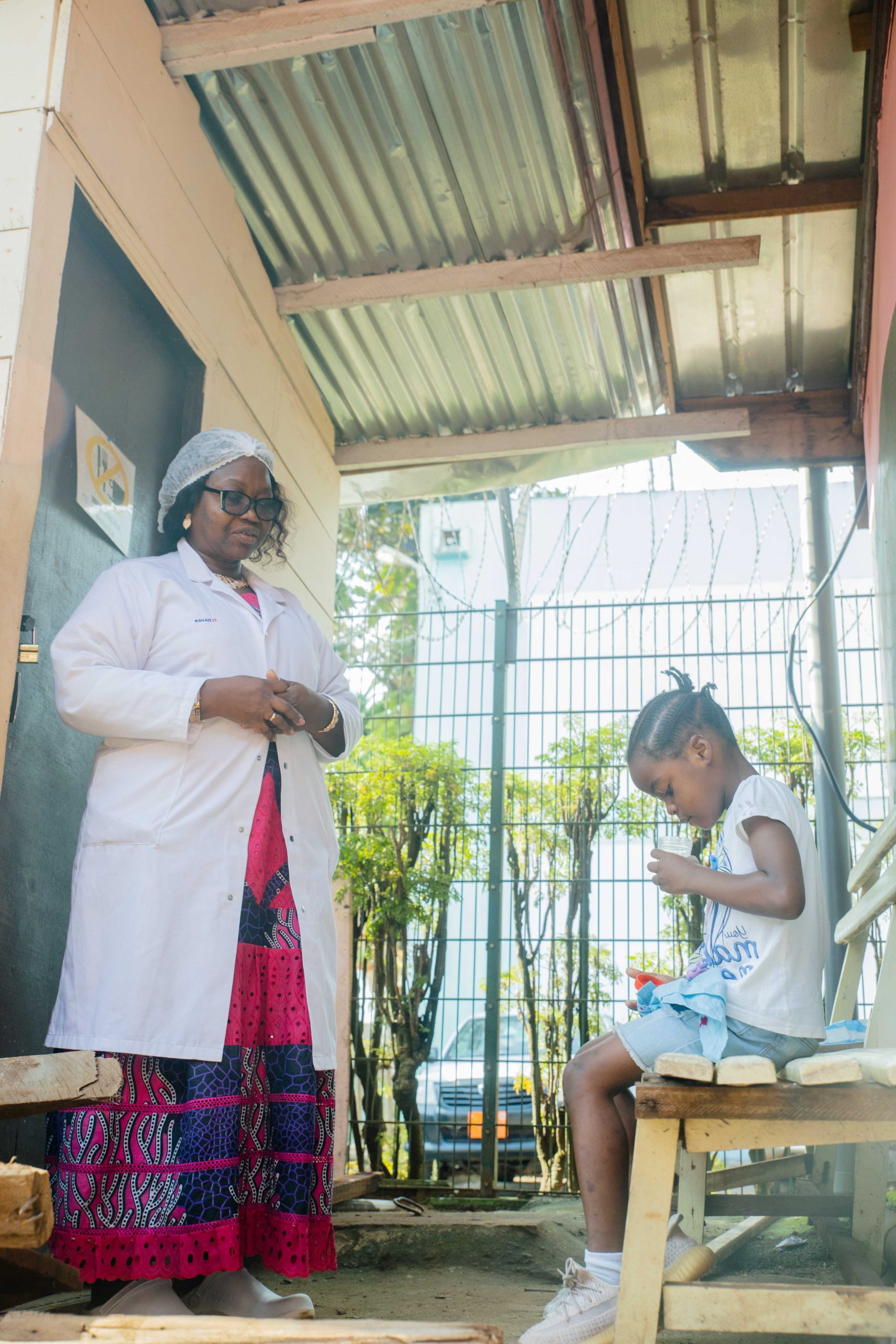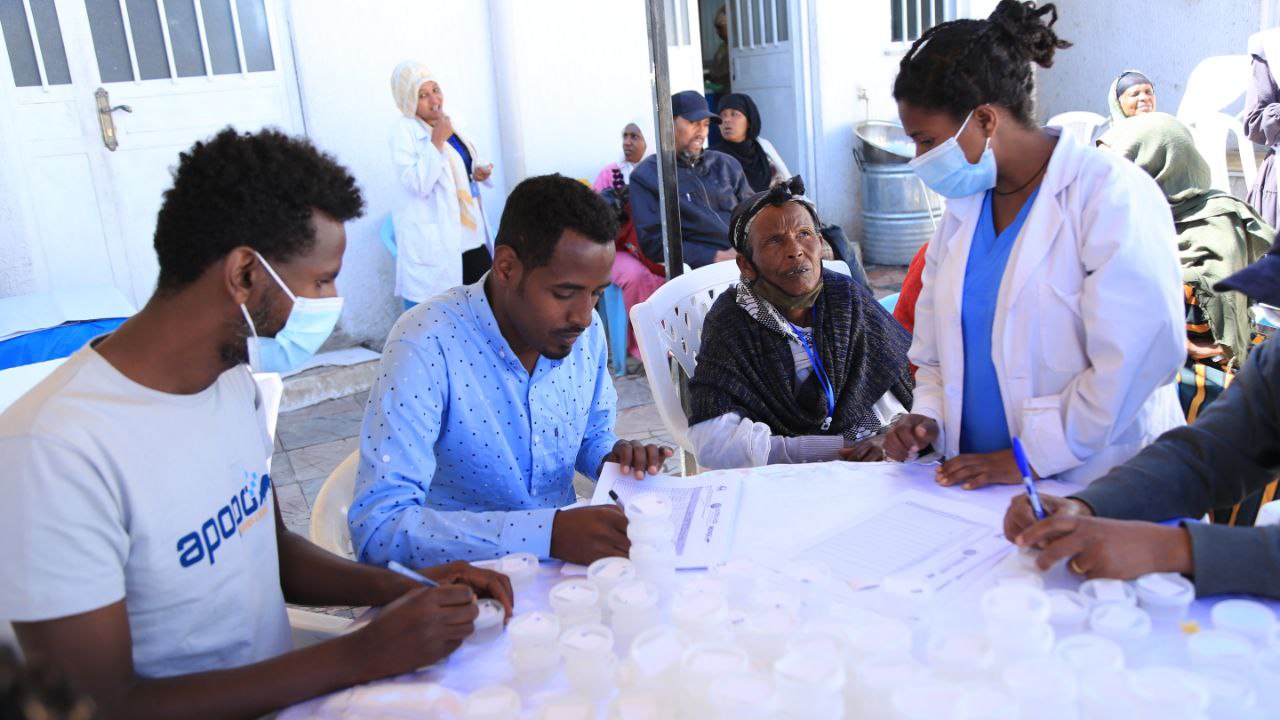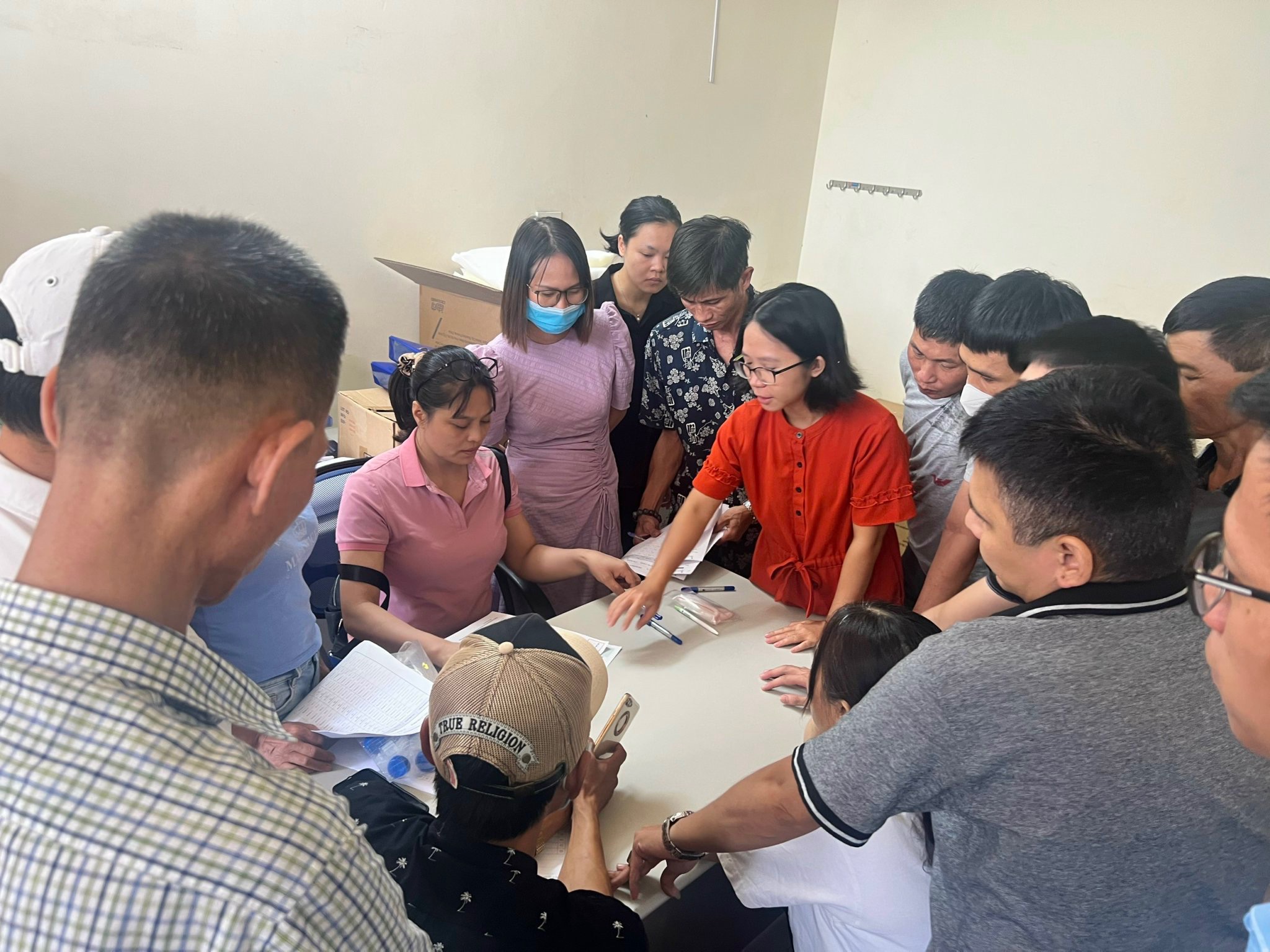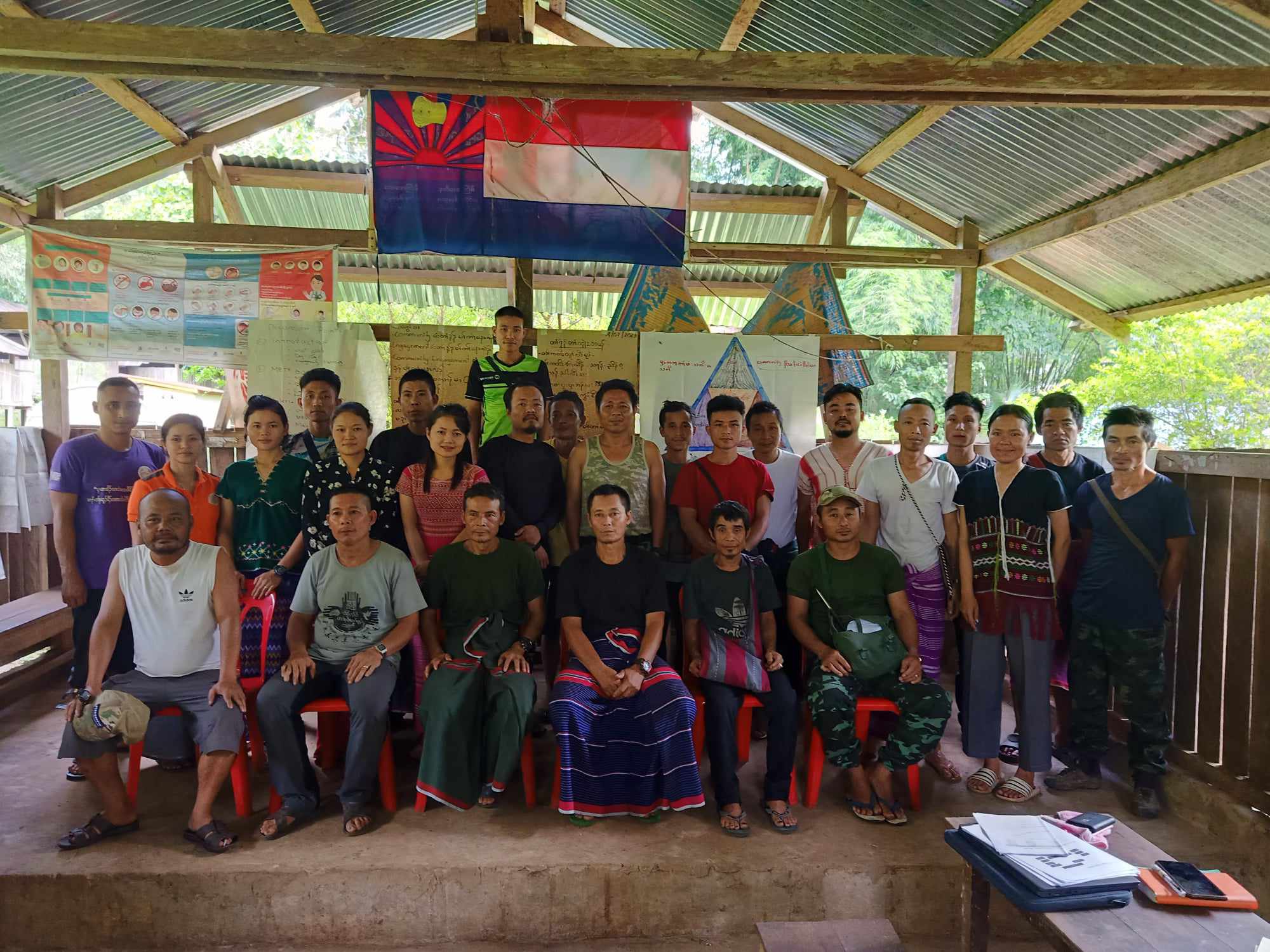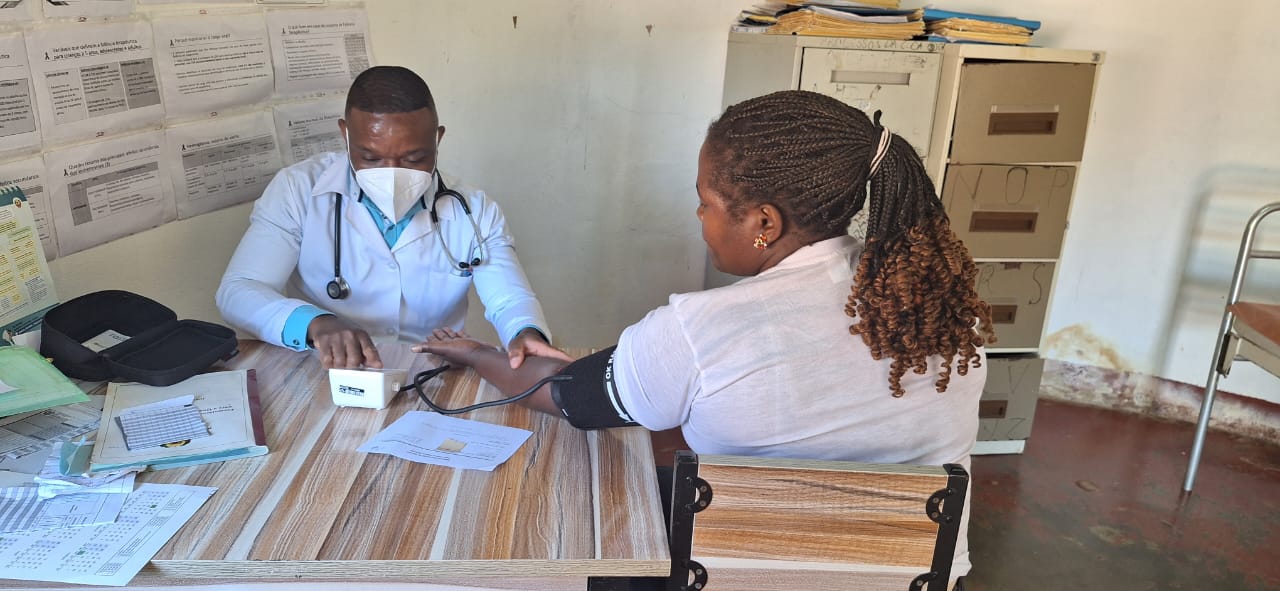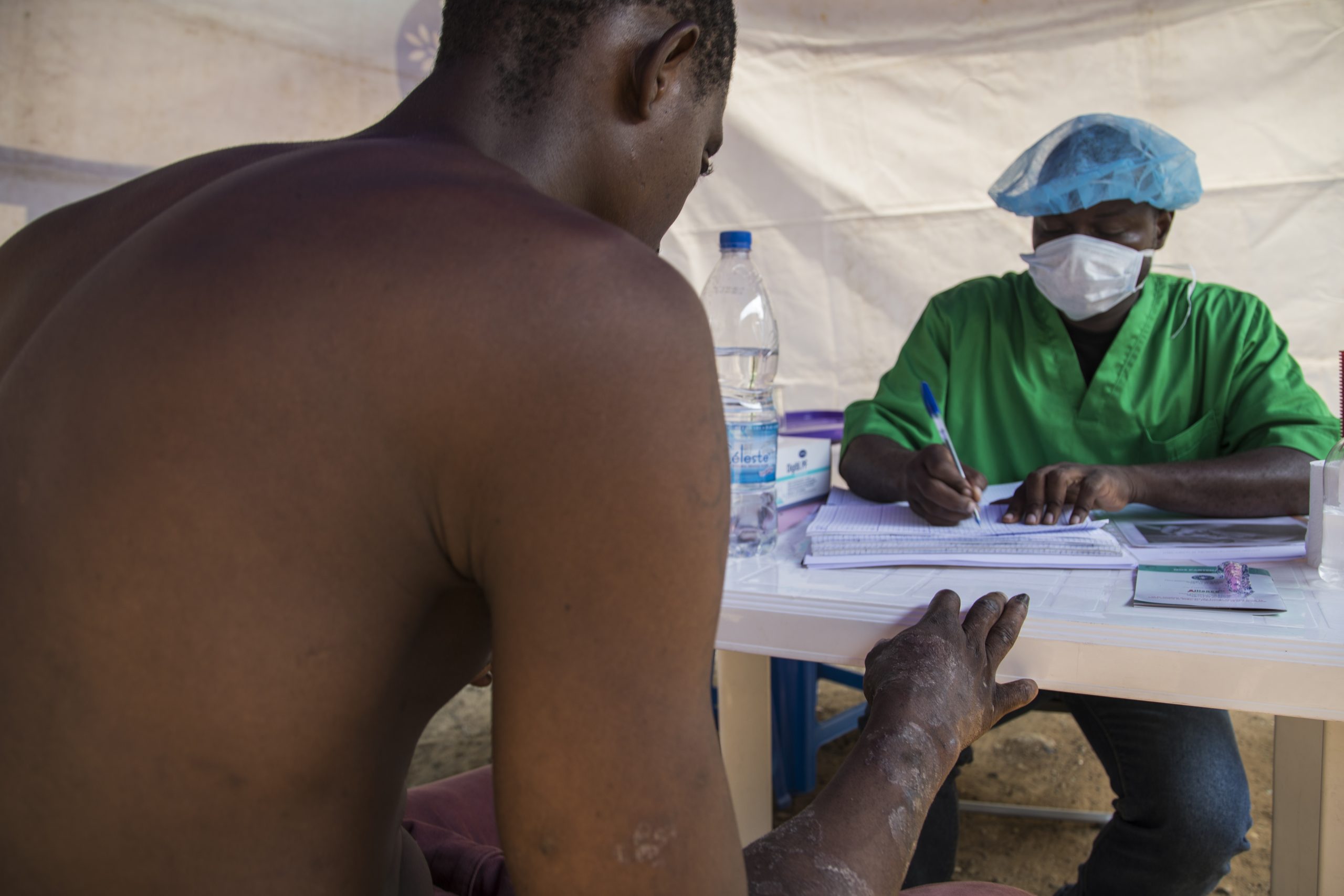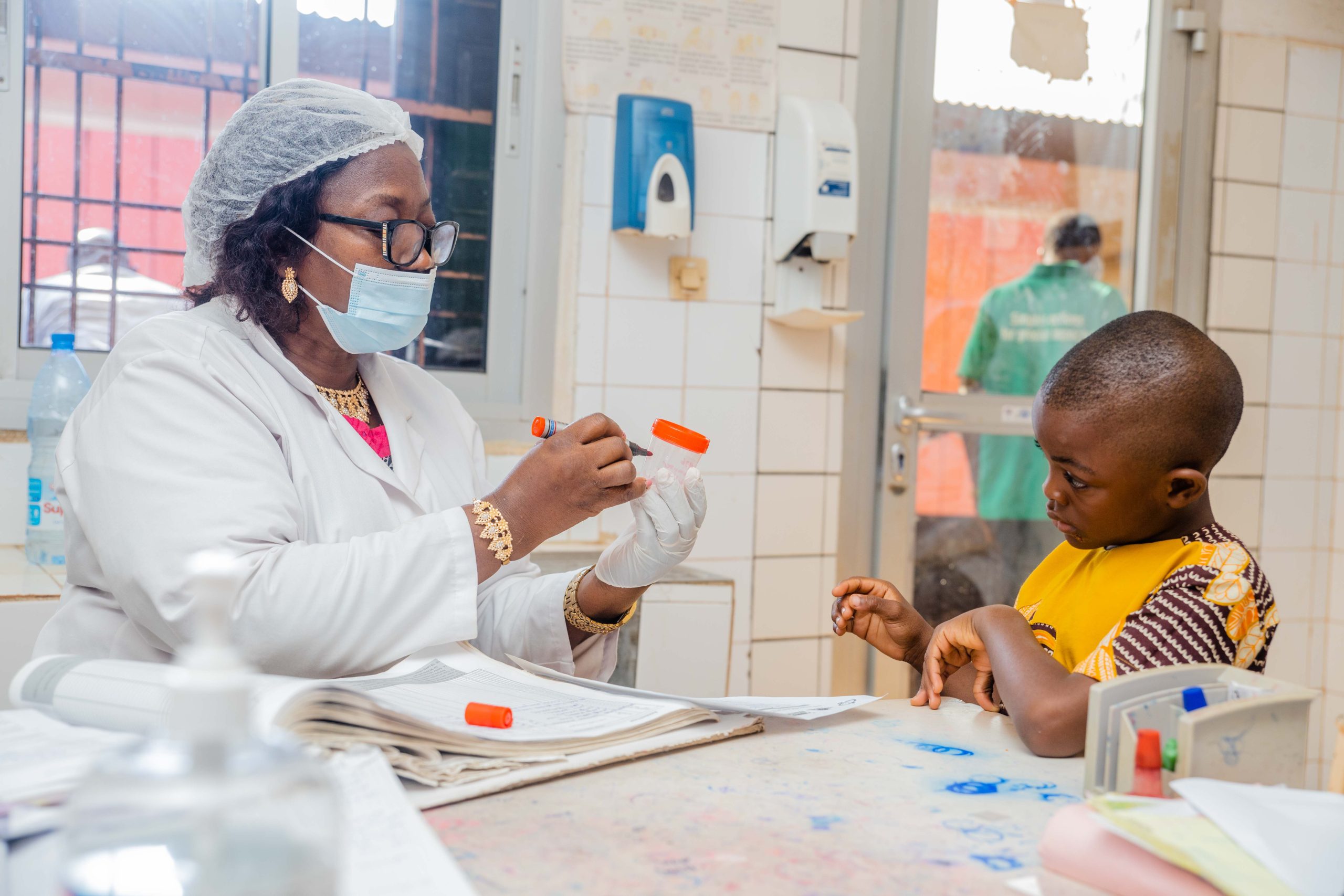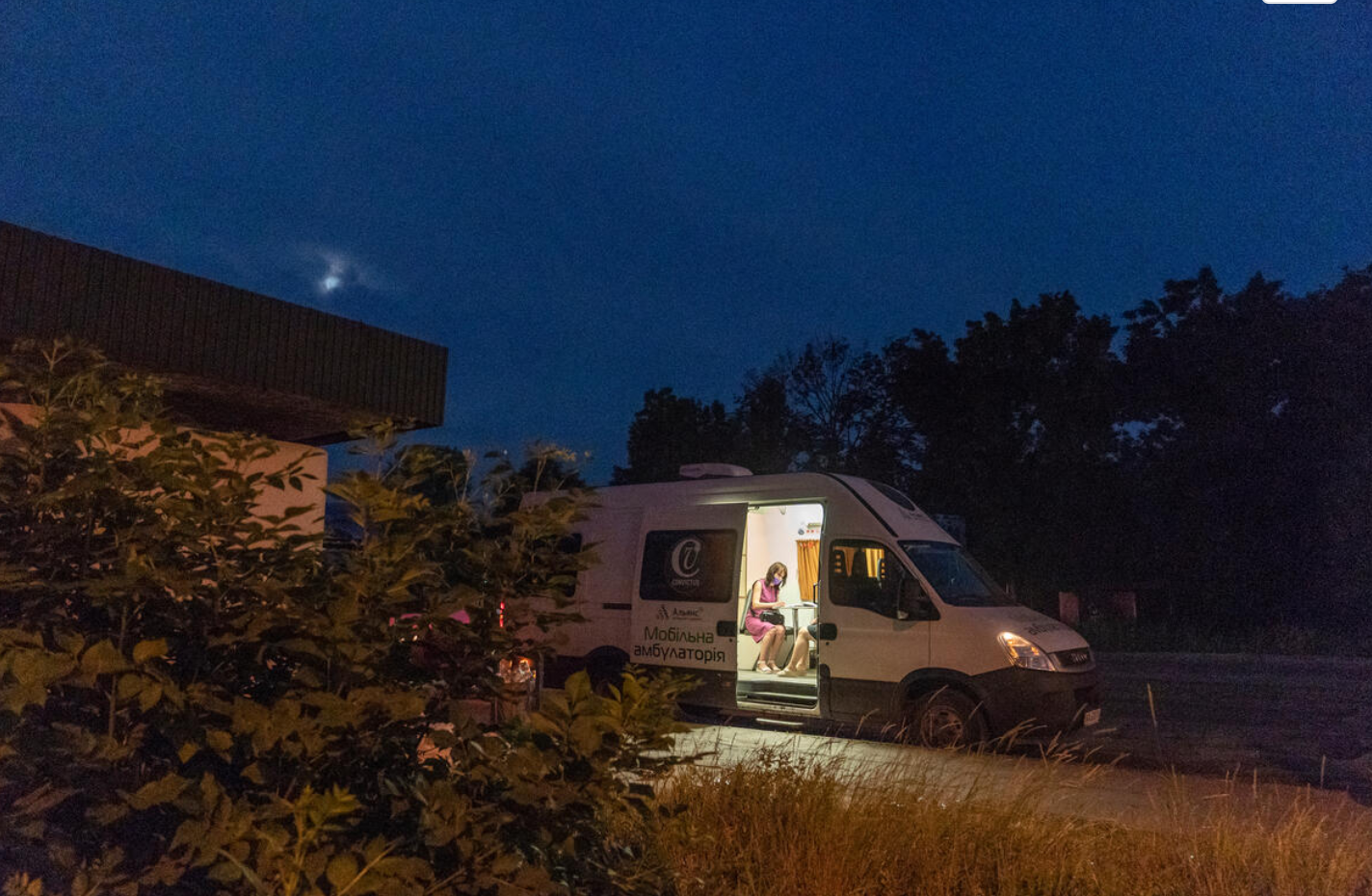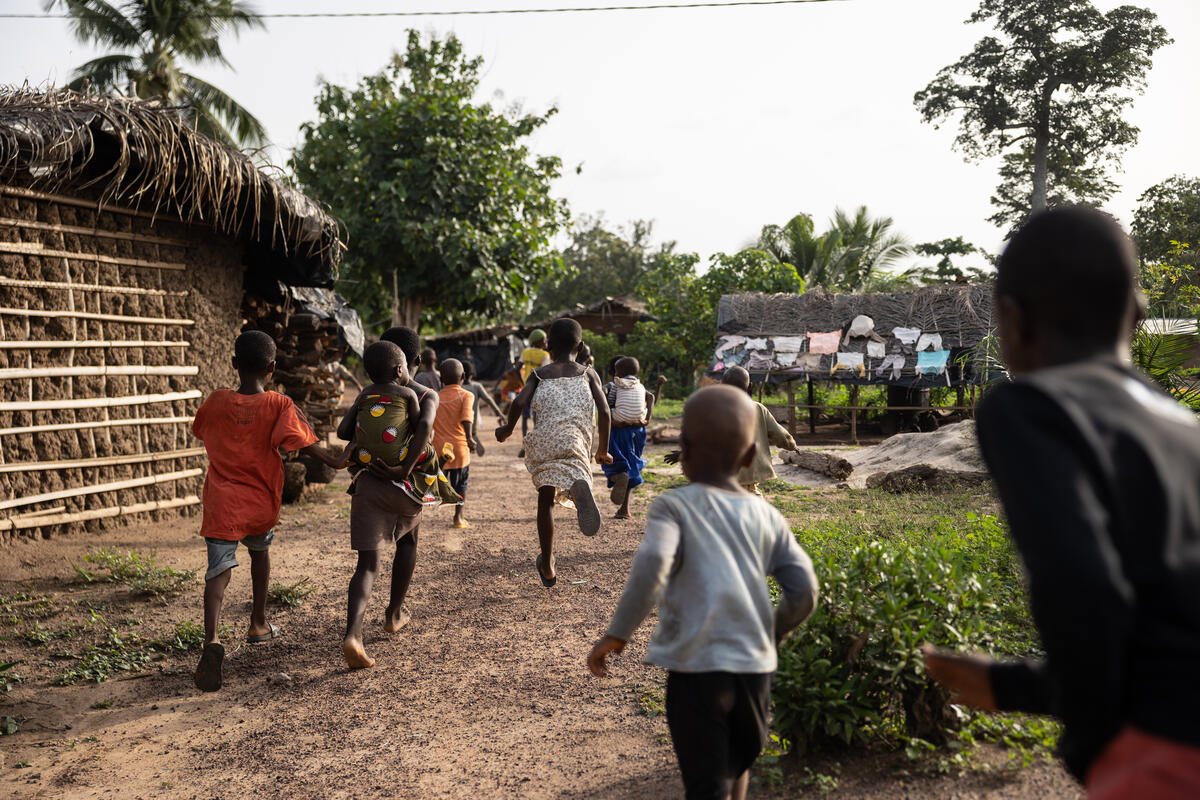In Cameroon, pediatric tuberculosis remains a significant public health challenge. The TB_PEC@2.0 project targets children under the age of 5 and is developing a model for active case-finding and management of the overwhelming costs associated with pediatric TB to improve diagnosis and treatment.
Context
Although TB incidence in Cameroon has been steadily declining, the disease is still under-reported, particularly in children aged 0-14. In 2021, pediatric TB cases made up just 5.7% of all cases (2% for children under 5), whereas the World Health Organization estimates that pediatric cases should account for 9 to 12% of reported TB cases. Despite several active screening initiatives conducted by partners and Global Fund-supported programs, case notification has remained stagnant at around 6% since 2018. In response, the NGO FIS seeks to implement the TB_PEC@2.0 project to enhance the detection and treatment of pediatric TB cases.
Description
The project’s overarching goal is to reduce pediatric TB mortality and morbidity by 2026. It aims to improve access to diagnosis and ensure successful treatment outcomes for boys and girls aged 0-14 who are referred to or followed up in one of 35 health facilities in Yaoundé. TB_PEC@2.0 will be implemented in both hospitals and local communities, with the goal of diagnosing 515 children with TB and putting 857 eligible children under the age of 5 on isoniazid preventive treatment. The project will be carried out in partnership with the National Tuberculosis Control Program and the Catholic Organization for Community-based Health Action.
Impact
The project employs an active case-finding strategy driven by community health workers who provide screening, referrals, and support to overcome barriers to care and increase early detection and notification rates. This is an innovative operational approach that has been endorsed by the Ministry of Health and other stakeholders. Should the project achieve the expected results, it could serve as a model for active pediatric TB case-finding in other contexts.
